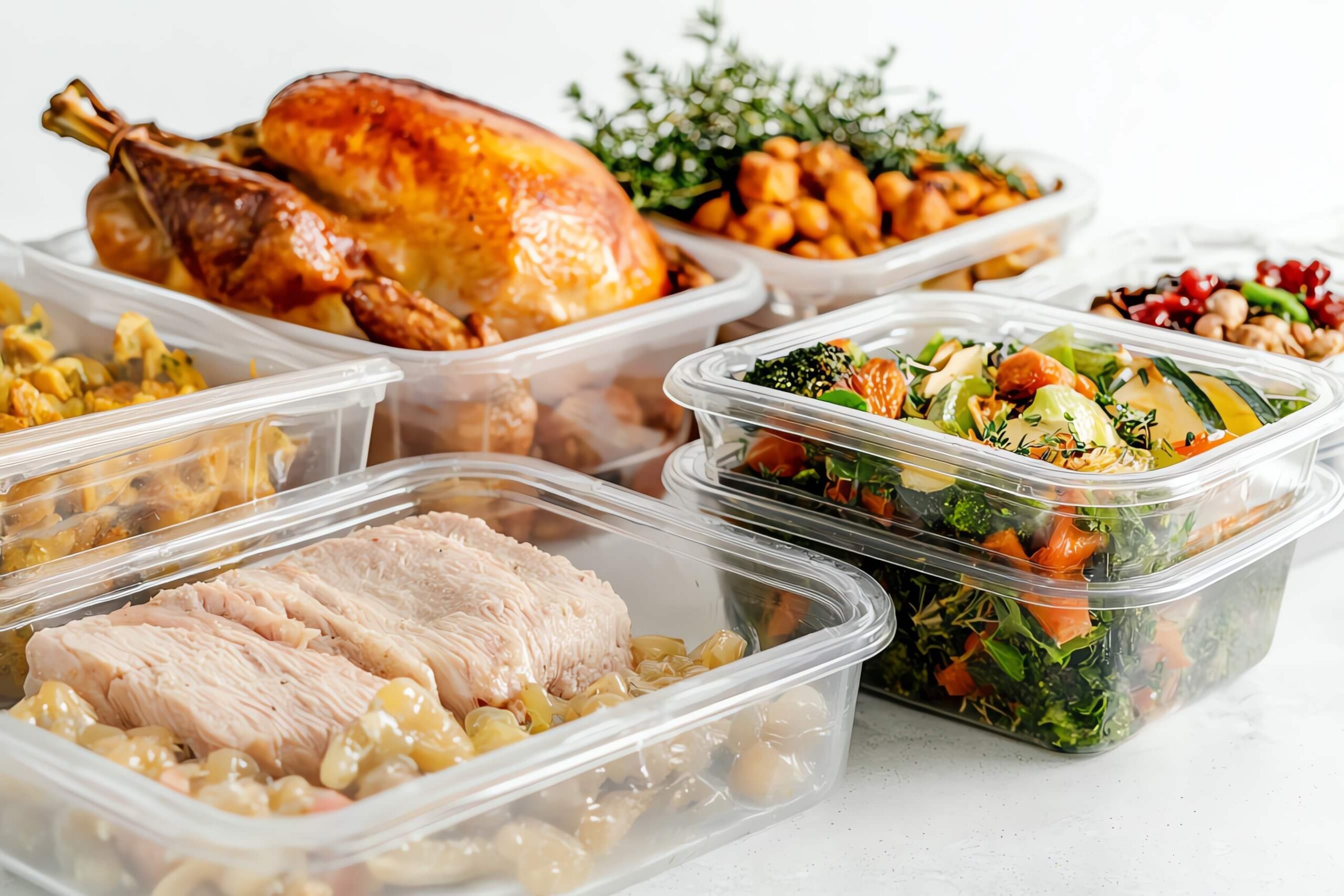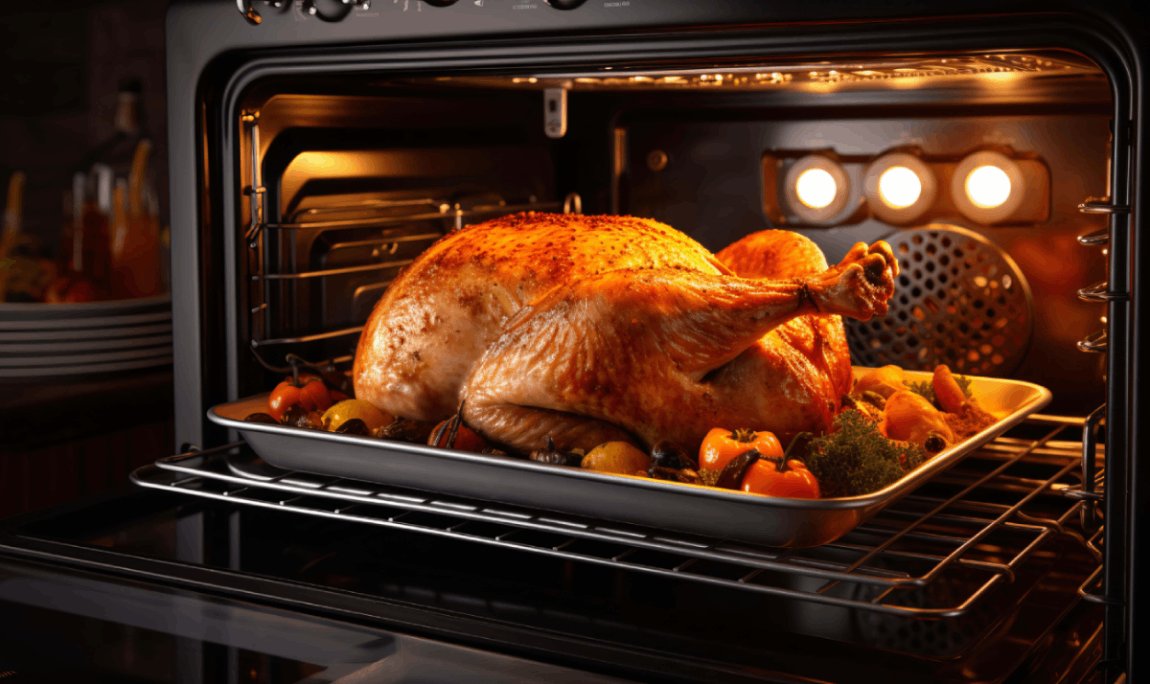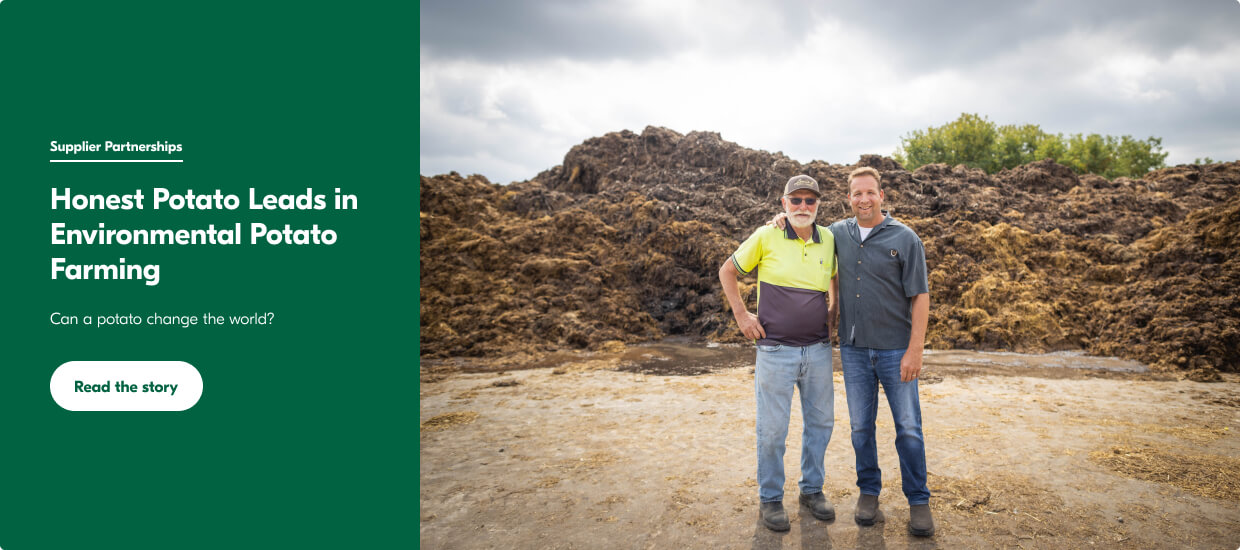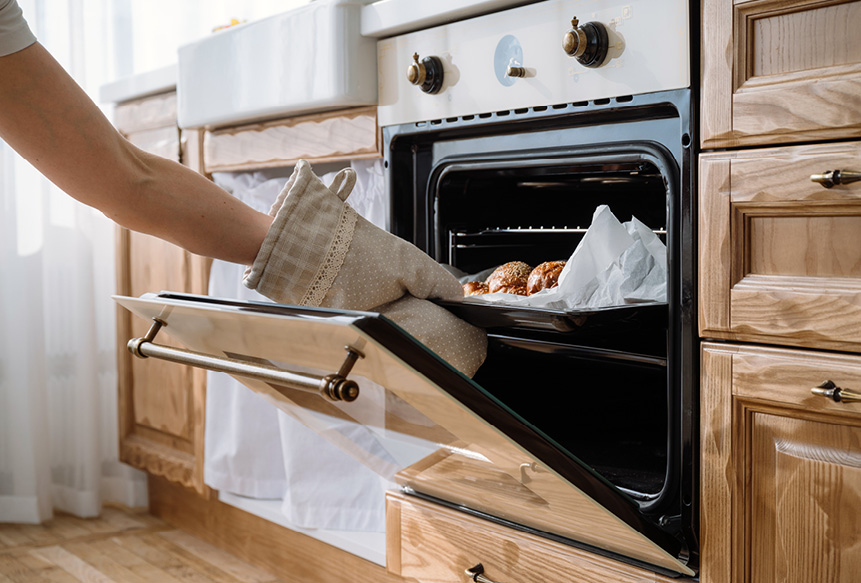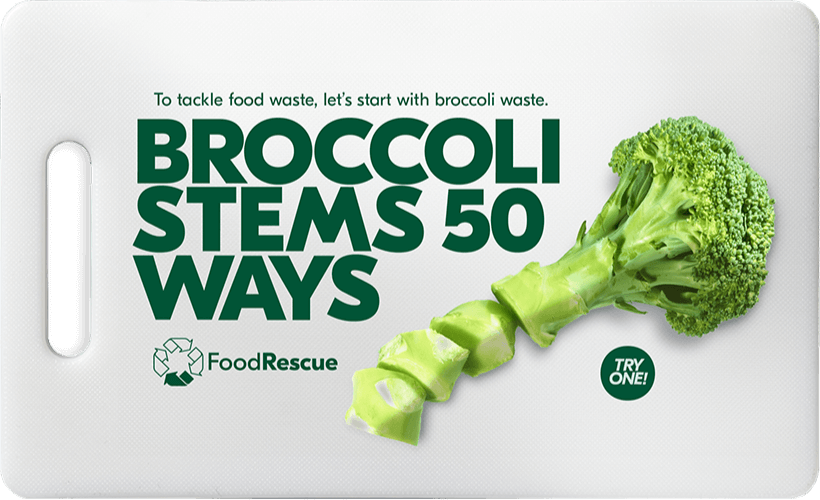At Sobeys, the commitment to offering the most sustainable fish to our customers involves the full spectrum of environmental and social responsibility measures. We want you to be able to make the best seafood choices possible this festive season.,. By doing OurPart, we can help our oceans stay healthy and be able to provide delicious and nutritious seafood for the future.
What is sustainable seafood?
Simply put, “sustainable seafood is sourcing seafood – or any items from the oceans, rivers or lakes – that can replenish itself,” says Shonah Chalmers, a sustainability expert and a Culinary Professor at Humber College in Toronto. “Seafood has to be sourced with thought and meaning, so that it’s going to be here for future generations.” Shonah works with chefs on creating curriculums for food professionals with regard to sustainability in all pillars of food service – from energy, water, seafood, animal husbandry and more.
Every choice you make matters. And if you make every choice a better choice, we’re all doing our part.– Veronica Metcalf
Veronica Metcalf of Walcan Seafoods agrees. “Sustainability involves fishing in a manner that doesn’t hurt the environment, and keeps to the levels of what nature provides,” she says. “It’s about making sure that from start to finish, we are not taking too much away from the environment.” Walcan is a seafood wholesaler on Quadra Island in British Columbia that supplies Sobeys stores with fresh scallops.
Sustainability extends beyond the shoreline
- As you might expect, there are other factors involved in the process, beyond merely curbing overfishing. Reaching sustainable seafood goals is a little more intricate than that.
- “We think about sustainability in a broad manner,” says Stefanie Moreland, Executive Vice President of Public Affairs for Trident Seafoods, which provides Sobeys stores with wild sockeye salmon and wild Alaska pollock. “Certainly, it means participating in well-managed fisheries with effective, transparent, governance structures. But we also trust the science and invest in improvements in the ways that we harvest, process and transport seafood, from fleet to fork.”
- Trident funds research to deepen the understanding of ocean ecosystems and minimize the impact of fishing. The company also looks for ways to reduce its environmental footprint and to use every part of the fish, so that nothing goes to waste.
People are also part of the sustainability plan.
About 72,000 Canadians make their living from fishing or from fishing-related jobs. Stefanie says that sustainability also means ensuring good working conditions for employees, “so they can thrive and have meaningful careers. We pay fair wages that provide economic security and prosperity in an industry where that isn’t always the norm,” she says. “We treat all people – whether they are fishermen, employees, community members, suppliers, customers, or partners – with dignity and respect.”
On Quadra Island, Metcalf says that Walcan works “very closely with the We Wai Kai First Nations people, helping to facilitate their fisheries, making sure they have everything they need.” The sustainable scallops are cultivated and harvested in the cold, fast-moving waters off of Rebecca Spit Provincial Park. “And we work on educating our buyers, so they can then properly communicate where the seafood comes from,” she says.
Smart seafood selection helps support sustainable fish farming in Canada. – Shonah Chalmers
Why is seafood sustainability important?
Smart seafood selection helps support sustainable fish farming in Canada. And following sustainable fishing practices ensures the health of the ecosystems and the long-term abundance of natural resources.
Chalmers feels there is much more work to be done. “I don’t think we’re doing a very good job as a planet,” she says. “There’s nobody really minding the store, as far as what’s happening in our oceans, what we do in our oceans.” She says that bycatching – the incidental capture of non-target marine species during fishing – is still a major problem. “If I were to liken it to doing the same on land, it would be like taking a bulldozer through a forest to get one deer.”
Canada spends about $130 million every year on monitoring the fishing industry, through electronic catch monitoring, dockside monitoring, and aerial and at-sea patrolling. Legislation and regulations are continually reviewed to ensure that fisheries are on the right and responsible track, meeting sustainability goals.
How to create a sustainable seafood platter
There are a few great resources you can use to select the most sustainable fish to eat this holiday season. “Oceanwise is a Canadian non-profit organization that started at the Vancouver Aquarium,” Chalmers says. “You can plug in any fish or seafood and it can give you a better idea if it is being sourced sustainably. Another visual clue to look for is the blue checkmark of the Marine Stewardship Council, which a lot of the food products carry now.”
The staff at the Sobeys fish counters are always there to help you find everything you need for the holiday buffet. They are conscientious about where all the seafood they stock has been sourced from, which takes the pressure off you.
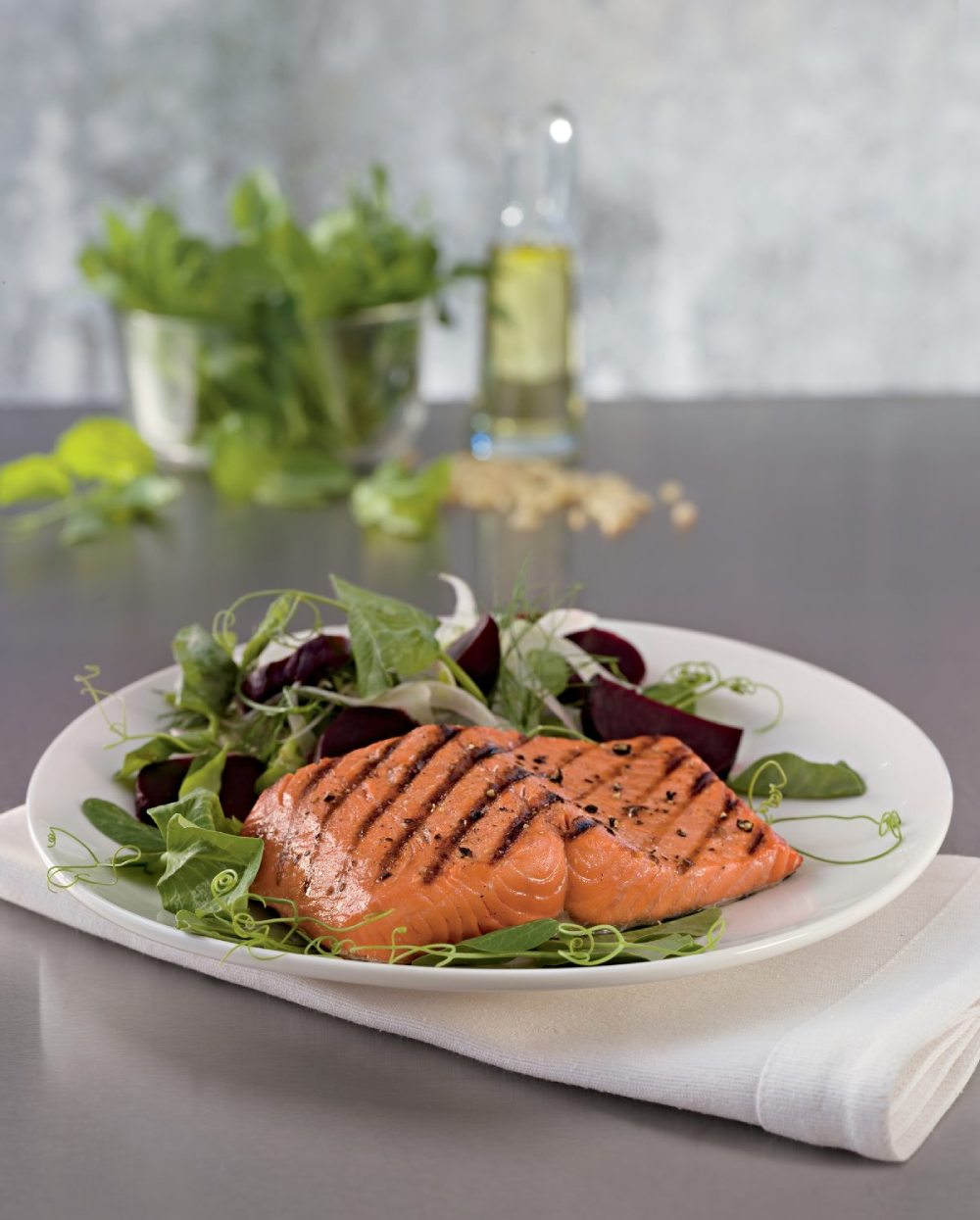
Understanding the whole supply chain is also important. “We know that it can be overwhelming when you’re faced with so many choices,” Moreland says. “Trident appreciates customers like Sobeys for educating themselves and consumers about choice in seafood.” She adds that Trident practices are grounded in good science, management and accountability. “We know exactly what happens to the fish from when we pull it out of the water, through the entire supply chain and on to the consumer.
“Alaska sockeye is a favourite of mine,” Moreland adds. “A very simple preparation of sockeye on the grill is a go-to.”
Sustainability involves keeping to the levels of what nature provides. – Veronica Metcalf
Sustainable selection begins with you.
From making good decisions to opting for sustainable serveware when entertaining this season, we can all do OurPart.
“Try to buy seafood that is caught locally,” says Walcan, “so you know that you’re helping your community, that you’re supporting Canadian fishermen.”
Chalmers feels that grocery stores in general are doing a good job of telling customers what the best options are with regard to fish and seafood. “Education is imperative, as is having the information right where the food is, so people can see where it’s caught,” she says. “My rule of thumb is – every choice you make matters. And if you make every choice a better choice, then we’re all doing our part.”
